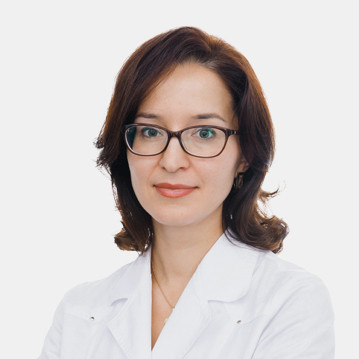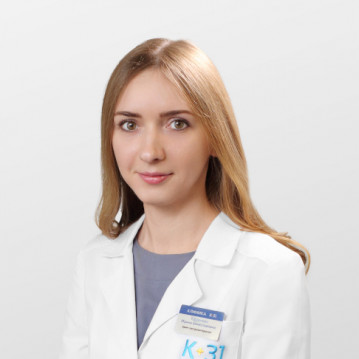The term "cholestasis" refers to pathologies accompanied by impaired formation or excretion of bile. The problem can occur in any part of the liver and proceed with varying degrees of severity.
Cholestatic diseases are divided into two types:
- Extrahepatic. Caused by blockage or damage to the bile ducts.
- Intrahepatic. They arise as a result of violations in the functioning of liver cells, destruction of ducts inside the organ.
As a result, bile stagnation occurs or its outflow completely stops. It is a corrosive liquid intended for digestion. The main factors leading to cholestasis:
- stones in the liver, bile ducts;
- inflammatory diseases - hepatitis;
- cirrhosis;
- pancreatitis;
- parasites (opisthorchis, lamblia, roundworm, echinococcus);
- thrombosis of the veins of the liver;
- oncological diseases;
- infectious processes;
- amyloidosis;
- alcoholic, drug intoxication;
- inflammation of the bile ducts;
- autoimmune pathologies.
The manifestations of cholestatic diseases are similar, since they are based on the same pathological mechanism. The elements of bile, being inside the liver, create pressure on the walls of blood vessels, expanding the organ. Due to the strong effect, they begin to be absorbed into the blood. In this regard, the following clinical symptoms are observed: itching, jaundice, dark urine, lightening of feces.
With a long course of the disease, due to a lack of bile in the process of digestion, the breakdown and absorption of fat-soluble substances, primarily vitamins, are disturbed. This leads to impaired twilight vision, softening of bones, muscle weakness, and the appearance of bruises on the skin and mucous membranes. Xanthomas are formed - flat and soft yellowish formations on the face, arms, chest, back. They are an indicator of impaired fat metabolism.



